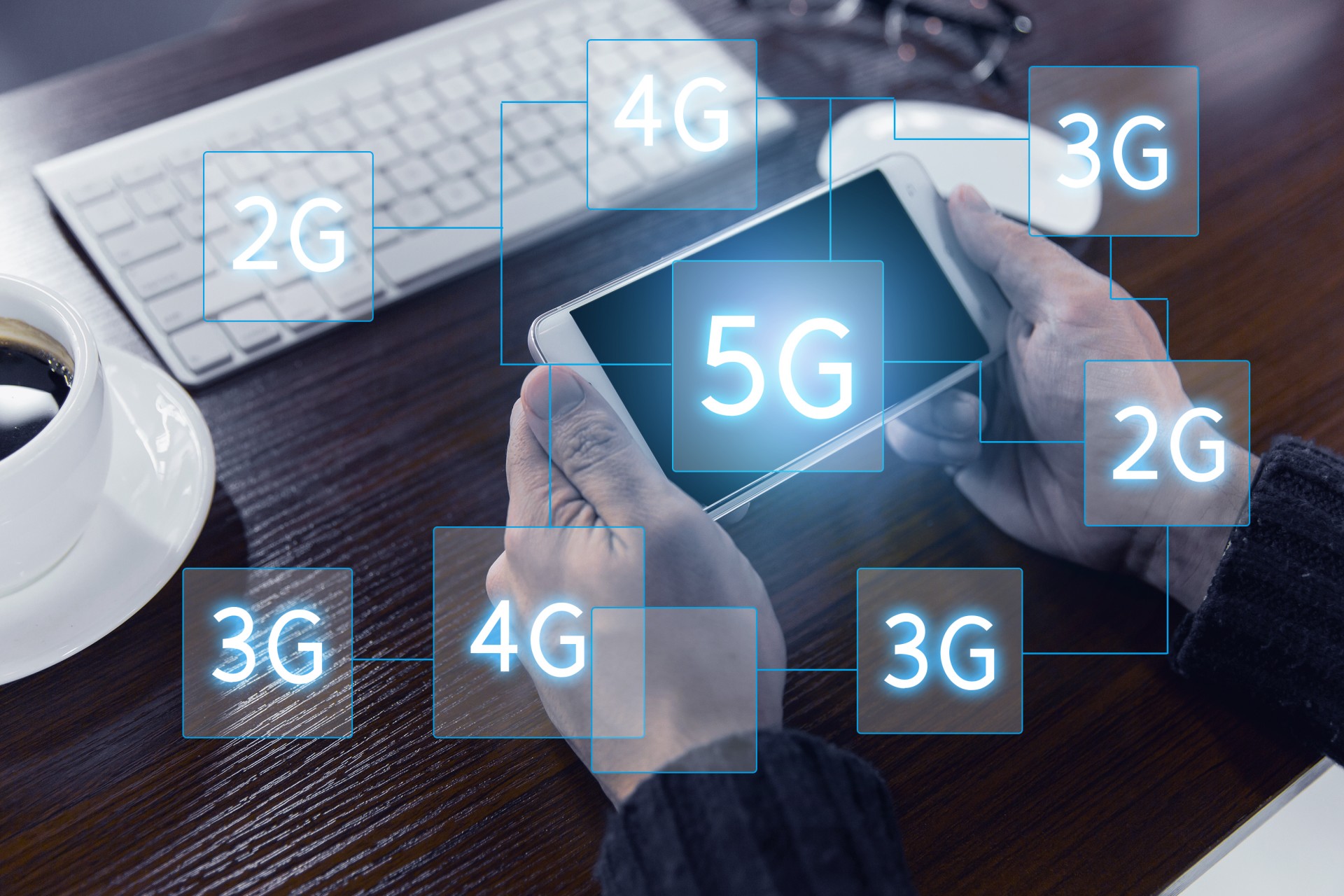5G Private Network Application Scale Replication Urgently Needs Policy Support

5G Private Network Application Scale Replication Urgently Needs Policy Support
Since the license was issued on June 6, 2019, my country's 5G has gone through four years. Over the past four years, my country has made remarkable achievements in 5G network construction, application innovation, and user expansion. As of the end of April 2023, my country has 2.733 million 5G base stations and 634 million 5G mobile phone users, bringing significant economic benefits and social value to the high-quality development of all walks of life.

Despite the gratifying results, problems such as limited coverage of 5G to B industries and slow scale replication are still prominent. After the breakthrough of "from 0 to 1" in 5G to B applications, the leap from "from 1 to N" is still a long way to go. . "The acceleration of quantitative changes and the sublimation of qualitative changes in 5G to B applications cannot be separated from the support of policies." An operator thinks so.
High cost, prohibitive for small and medium-sized enterprises
As we all know, 5G private network has the characteristics of high equipment cost and complex network operation and maintenance, which makes the cost-effectiveness unattractive, which affects the willingness of enterprises to adopt 5G private network to a certain extent. In addition, the needs of vertical industries are characterized by differentiation and fragmentation, which makes it difficult for terminal equipment manufacturers to achieve large-scale value and ensure profitability. The above problems have aroused widespread concern in the industry. In recent years, with the continuous innovation and breakthrough of my country's 5G key technologies, the comprehensive cost of 5G to B has continued to decrease. For example, the unit price of 5G modules has dropped from more than 2,000 yuan at the beginning of 5G commercial use to 400-500 yuan now.
Even so, compared with 100-200 yuan 4G modules, the cost of 5G modules is still high. In addition, in terms of CPE, the unit price of 4G is 200-300 yuan, while the unit price of 5G is as high as 800-1,000 yuan. And this is only the price of one module. In a complex 5G private network, hundreds or thousands of modules and CPEs may need to be deployed. In the end, the high cost of 5G private network has discouraged many small and medium-sized enterprises.
"The prices of industrial 5G chips, modules, and gateways have shown a downward trend, but they are still higher than the expectations of small and medium-sized enterprises. It is necessary to further improve the supply level of 5G industrial equipment and reduce costs." Tang Tang, deputy director of the Institute of Technology and Standards, China Academy of Information and Communications Technology Libo thinks. Liu Yuan, deputy general manager and senior expert of the 5G private network product department of China Mobile Internet of Things, also said that the high cost of hardware and the lack of categories have become the bottleneck of 5G to B development.
Not long ago, Zhao Zhiguo, chief engineer of the Ministry of Industry and Information Technology, stated that the 5G large-scale application project will be implemented in 2023 to promote the in-depth development of industry applications. In the opinion of a senior industry expert, in order to promote the large-scale application of 5G, in addition to continuing to reduce the cost of 5G, the country also needs to give preferential policies to operators from the top-level design.
Policies are inclined to form a positive circular effect
"In order to effectively promote the construction of 5G private network, the state can provide support in the assessment system, such as not including the operator's 5G private network investment in the profit assessment, to help operators reduce the burden and lighten the battle. The reduction in the cost of 5G private network, It is also conducive to reducing the use cost of industry users, thereby forming a positive circular effect and accelerating the scale development process of 5G to B." The aforementioned experts believe.
There is precedent for such a policy. For example, in order to encourage enterprises to increase investment in innovation, my country has deployed a tax reduction policy to support enterprise innovation, deducting the research and development expenses of enterprises before tax, and encouraging enterprises to increase investment and enhance innovation capabilities. In 2022, my country will further increase the tax reduction for R&D of enterprises, and the current 75% pre-tax deduction of R&D expenses will be uniformly increased to 100%, which further enhances the enthusiasm of enterprises for R&D. With the encouragement of policies, the innovation of enterprises continues to increase.
my country's 5G network construction investment is huge. According to data from the Ministry of Industry and Information Technology, my country's 5G network investment will reach 184.9 billion yuan and 180.3 billion yuan in 2021 and 2022, respectively. If the government reduces the burden of operators' network construction through policies such as tax relief, it will provide an important boost to speed up 5G to B.
In addition, building a lightweight network and using 5G to the cloud is also a feasible way to reduce the cost of 5G to B. "The current 5G network is designed for the public network, which often has excess capacity and cannot meet the production needs of enterprises. Deploying lightweight equipment and providing services on demand can greatly improve the cost performance." Yang Guang, a senior chief analyst at Omdia, gave an example. For a medium-sized For a campus, it is enough to support 2,000 devices to meet its needs. In addition, promoting 5G private network cloud and adopting the method of on-demand expansion can also greatly reduce the cost of 5G private network. According to Ali's experience, using the ultra-lightweight 5G core network method to deploy 100 base stations for small and medium-sized enterprises and access 200 users, compared with the traditional method, the overall cost is reduced by 70%.
It is believed that in the end, with the support of policy preference and technological innovation, 5G to B can achieve cost reduction, and then complete the "from 1 to N" scale replication.